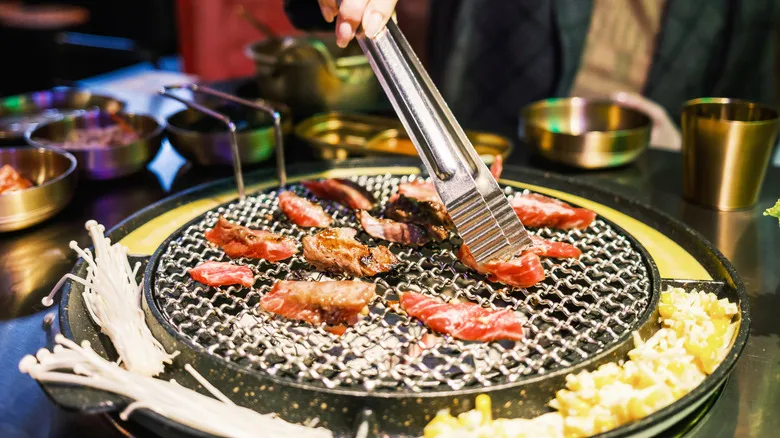Keep tongs and scissors on hand

To guarantee that you and your guests enjoy an exceptional Korean barbecue experience, it's essential to have the right equipment—and to know how to use it effectively. David Shim shared with Chowhound that having a reliable grill and proper scissors can greatly enhance the experience. "I always appreciate having scissors on hand," the chef explains. "They're incredibly versatile and allow guests to cut various items at the table without needing a cutting board or knife. They can also be handy for home cooking."
Both scissors and tongs play a vital role in Korean barbecue. Scissors are used to cut meat slices into smaller pieces during grilling, which helps them cook more quickly. Tongs, on the other hand, are perfect for holding the meat while it's being cut and for moving the slices around the grill to ensure they cook evenly. They can also be used to transfer meat on and off the grill. So, don’t hesitate to get involved with your food and take an active part in its preparation.
Explore the menu with a variety of meats
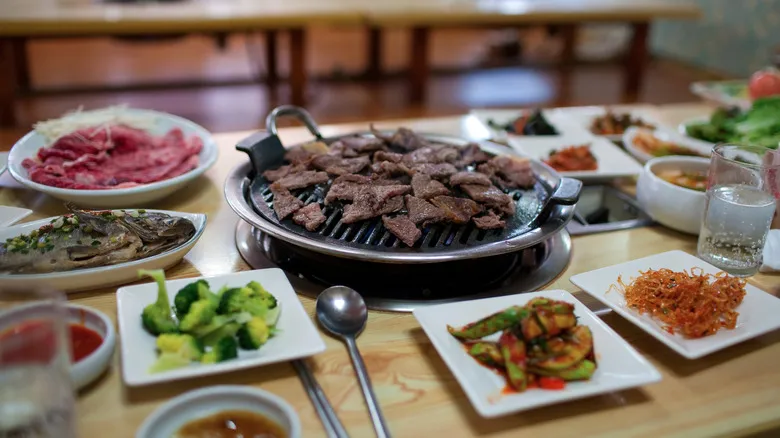
To savor Korean barbecue like an expert, be sure to grill a variety of meats. This will enhance the delightful flavor combinations in every bite. "I suggest selecting a few different cuts of beef or pork if they're available," David Shim shared with us, highlighting his personal favorites. "I prefer ribeye or strip steak, pork belly, and marinated beef short ribs. It encompasses everything!"
There are numerous popular meat choices for Korean barbecue, including prime rib, duck, and chicken. These meats can be marinated in an array of flavors, such as soy sauce, chili pepper, or a sweet Korean barbecue sauce. Alternatively, you can grill un-marinated meats, allowing you and your guests to personalize your flavors with the sauces and sides provided. By ordering a variety of meat options, the communal dining experience becomes more inclusive for everyone—since some may not enjoy chicken or a particular cut of meat—while also enabling everyone to appreciate the distinct tastes and textures that each type of meat brings.
Use side dishes and dipping sauces balance out the meal

When it comes to enjoying Korean barbecue, David Shim emphasizes the importance of having a variety of side dishes and dipping sauces to enhance your meal and complement the grilled meats. He particularly suggests including pickled vegetables or kimchi, an assortment of lettuces for wraps, and ssamjang, a thick and spicy soybean paste, on your table. Shim notes, "These elements work wonderfully together, providing different textures and combinations for anyone savoring this meal."
If you've only experienced baechu kimchi—the traditional type made from napa cabbage, often simply called kimchi—you're in for a delightful surprise. There are numerous kimchi varieties, such as kkadugi (cubed radish kimchi) and baek kimchi (white kimchi), along with many other pickled side dishes that can lighten your meal, add a zesty flavor, and deliver a satisfying crunch to balance the savory barbecued meats.
Regarding ssamjang, this thick and spicy soybean paste can serve as a spread for your lettuce wraps or a dipping sauce for your meat. Shim shares, "Even when I prepare Korean BBQ at home, I always keep ssamjang on hand (we make an excellent version at COTE Korean Steakhouse, or I’ll grab some from the store), along with a few different lettuce options for ssam."
So, when you head out for your Korean barbecue experience, be sure to have a wide array of options available. This way, you can top your meat or create a lettuce wrap with a delightful assortment of garnishes and side dishes on the table—the more small plates, the better!
Make different bite-sized ssams
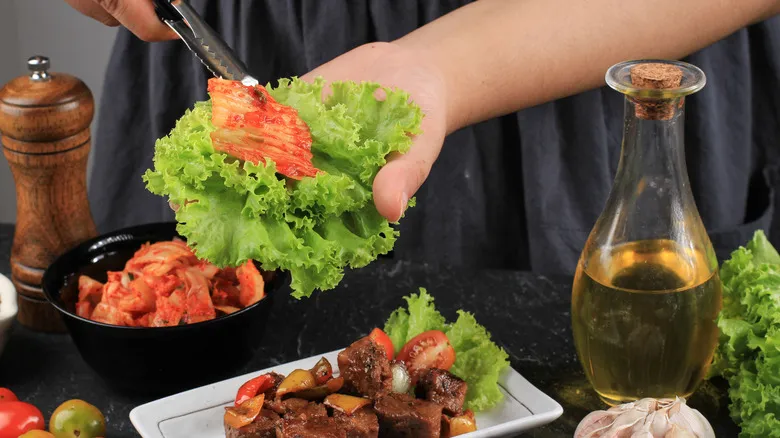
Once you have the meats sizzling on the grill and the side dishes ready, the next step to savoring Korean barbecue is assembling your ssam, which is easier than you might expect. Ssam, a Korean term meaning "wrap," involves using lettuce as a container for your meats and sauces. Common choices for wraps include large lettuce leaves, steamed cabbage leaves, rice cakes, and pickled radishes. The latter two are typically sliced thinly to encase the grilled meat, garnishes, and sides. To prepare a basic ssam, start with your chosen lettuce, then layer on your preferred meat along with a selection of sides and garnishes. You can either drizzle sauce over your wrap or dip it in sauce to enhance the flavor with every bite.
When crafting a ssam, it's crucial not to overstuff the wrap, as it's meant to be enjoyed in one bite (or just a few). Beyond that, the possibilities are endless. "I don't believe there's a right or wrong way to make a ssam," David Shim shared with us. "It should be a personal creation — one that you and your friends enjoy."
That said, the process may involve some experimentation. "It takes a few attempts to discover the perfect combination — but that's part of the fun," the chef noted. "My favorite is a lettuce perilla leaf, ssamjang, scallion salad, and pickled daikon!"
Order party drinks with Korean barbecue
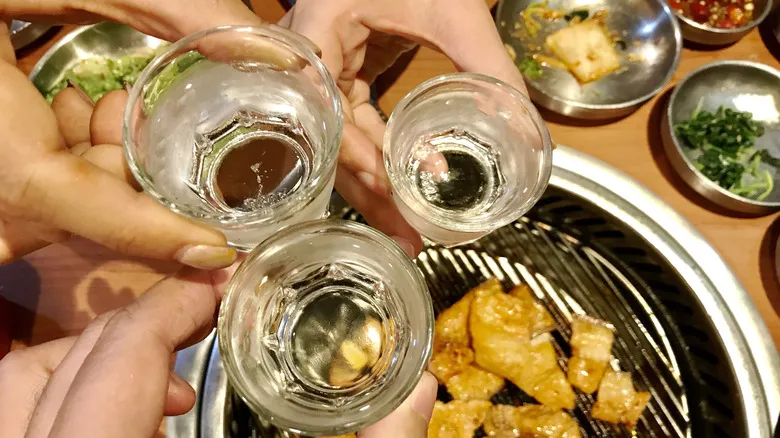
Every exceptional meal deserves an equally exceptional drink pairing. When it comes to Korean barbecue, David Shim emphasizes the importance of the overall experience over individual flavors. "Korean barbecue is all about the atmosphere—bringing people together, cooking, engaging, and simply enjoying the moment," he explained. "With fantastic food and great drink options, the pairing will undoubtedly be remarkable."
The chef also shared his personal favorites, stating, "One of my top choices at Korean barbecue is soju bombs! They enhance the entire dining experience. Arrange the beer glasses with soju glasses perched on top, and when everyone is ready, knock them down like dominoes to kick off the fun. For a more surprising pairing, I enjoy sipping on rosé, as it offers a light and refreshing option." A crisp white wine or a straightforward red would also pair nicely with a spicy ssam.
If you prefer a non-alcoholic option with your ssam, opt for something bubbly instead of plain water. Sodas like Sprite and Coke fit the lively atmosphere, as does the Korean soda Chilsung, a carbonated lemon-lime drink. Alternatively, you might try a unique hot tea in flavors like plum or ginger.
Recommended

Pennsylvania Is Home To Some Of The Best Pretzels In The US
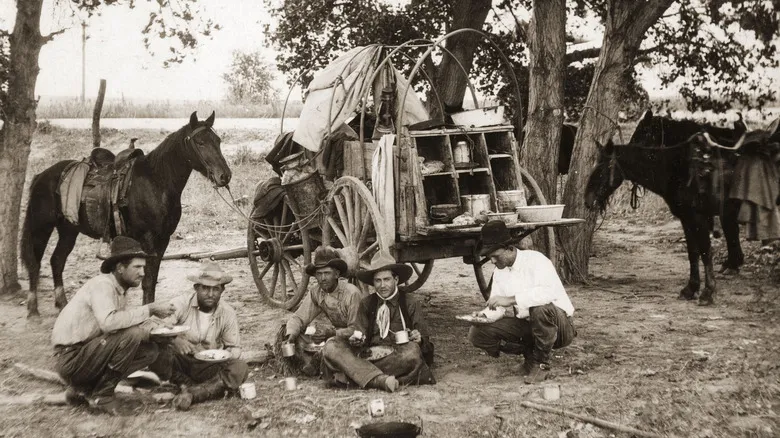
The Origin Of The Food Truck Started In The Pioneer Days
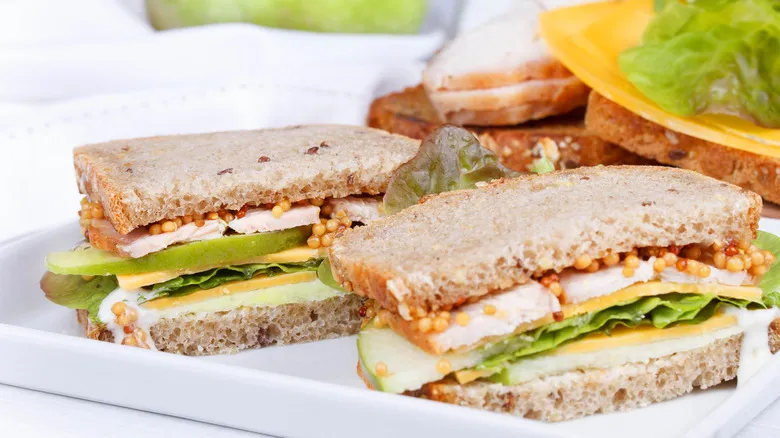
What Exactly Goes On A Vermonter Sandwich?
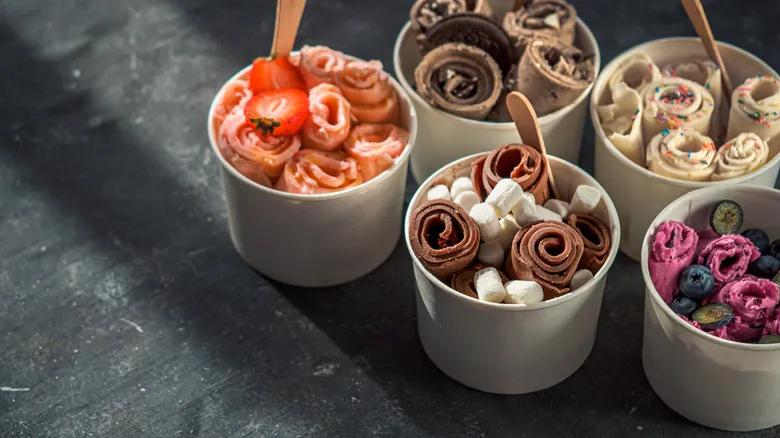
How Thai Rolled Ice Cream Made It To The US And Beyond
Next up

